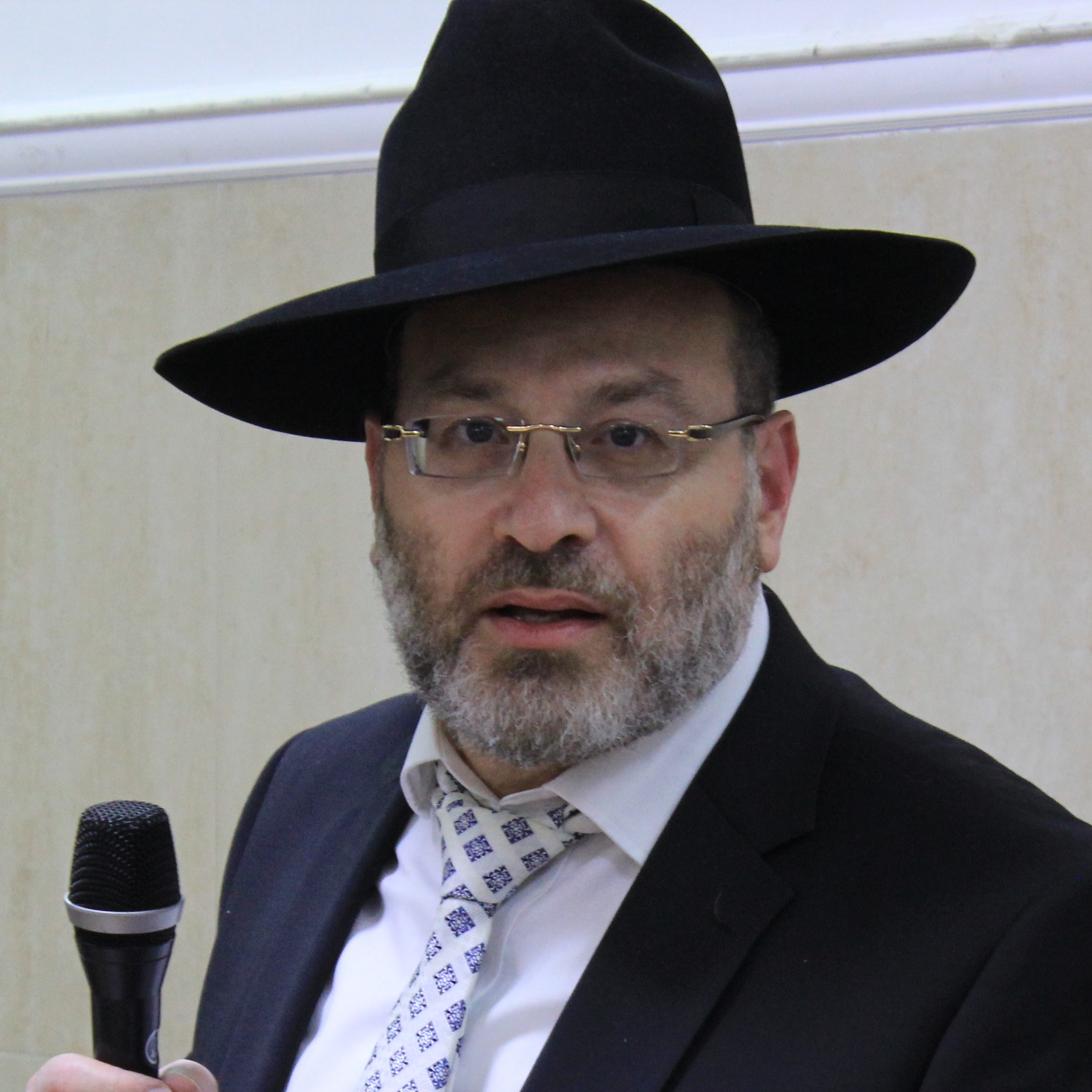Remnants of Fire


Rav Avraham Abba Weingort remembers the Seridei Eish

Photos: Pinchas Emanuel, Mishpacha archives
Few gedolim of the last generation had the breadth of spirit and broadness of connections as Rav Yechiel Yaakov Weinberg ztz”l, better known as the Seridei Eish for the name of his famous volumes of responsa. Because of his multifaceted position first and foremost as a towering Torah persona, as well as an academic scholar who grappled head-on with the complex issues of a fast-changing and ever-challenging era, his legacy defies neat classification.
Perhaps that’s a reason modern Jewish historians have been fascinated with his life and of late have begun to write about him in an attempt to dissect who he really was, 53 years after his passing in Shevat of 1966. But there’s no one better suited to shed light on this remarkable Jewish leader than Rabbi Avraham Abba Weingort, one of Rav Weinberg’s most devoted students who was like a surrogate son to this gadol who had no children of his own.
Swiss-born Rabbi Weingort, who today lives in Jerusalem’s Rechavia neighborhood and is a scholar in his own right, has dedicated much of his life to annotating and republishing his rebbi’s writings, and recently completed a book of Rav Weinberg’s memoirs.
Rabbi Weingort says that the events following Rav Weinberg’s death are the best indication of his multifarious connections with different groups among the greater Jewish community. It was during his funeral procession, and the rabbanim and askanim associated with the Mizrachi movement wanted to have him buried in Jerusalem’s Sanhedria cemetery. But Rav Yechezkel Sarna, rosh yeshivah of Chevron, had other plans. Accompanied by a group of bochurim from his yeshivah, he diverted the procession to Har Hamenuchos, because he felt this gadol should be buried among other Torah giants in the chelkas harabbanim. In fact, Rav Sarna insisted that the Seridei Eish be buried in the plot he’d purchased for himself, in close proximity to the Brisker Rav and to Rav Eliezer Yehuda Finkel, rosh yeshivah of Mir and Rav Weinberg’s former chavrusa from pre-World War I Europe.
When Rav Sarna was asked where he himself would be buried, since he had surrendered his own burial plot to Rav Weinberg, he replied that he had long ago, before the founding of the state, purchased another plot for himself on Har Hazeisim, near his father-in-law Rav Moshe Mordechai Epstein. In 1966, Har Hazeisim was not accessible, but Rav Sarna asserted that by the time of his own petirah, Har Hazeisim would be in Jewish hands once again. In fact, the Six Day War and liberation of all Jerusalem happened just a year later (Rav Sarna passed away two years after that, in 1969).
At the time, Rabbi Weingort, for his part, felt personally shortchanged. “I even cried over what had happened,” he remembers. “That’s because the gravesite that had been prepared for Rav Weinberg in Sanhedria was next to the kever of my own father, who had been his talmid muvhak and had passed away in his prime, when I was just a baby. I told this to Rav Chatzkel before the levayah, and he told me that he was aware of it, but that he had other considerations, first and foremost to make it clear that Rav Weinberg belonged among the gedolim.
“That plot in Sanhedria remained vacant for decades,” Rabbi Weingort continues. “By the time my mother passed away there were no more vacant plots — the cemetery was already full. Then we remembered that the grave originally reserved for the Seridei Eish, right next to my father, was still available.”
Oops! We could not locate your form.













